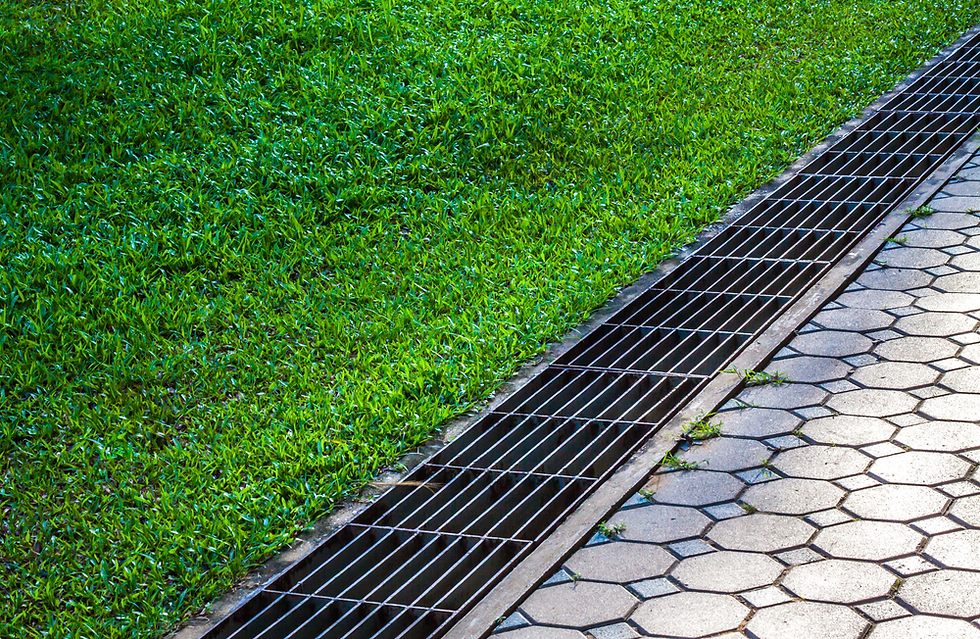What is brick pointing? What does it do?
- Mark Simon
- Oct 6, 2016
- 3 min read
Pointing is meant by the finish between the stone or the bricks when building. Based on the age when the house was built, they used mortar to lay the stones or the bricks and this was made of lime earlier but in later years, cement was used instead. When the pointing was done incorrectly, the building would suffer irreparable damage. Pointing is therefore a technique where mortar joints are repaired. These mortar joints tend to disintegrate or to crack at times. Therefore, at times like this, defective mortar is then removed either using a power tool or by hand. Then it is replaced by fresh mortar. Sometimes the whole structure needs pointing as the defects cannot be detected or there are a number of joints, which need repair. Mortar is usually packed into thin layers and it is given a smooth concave finish. Sometimes for the purpose of decoration, these points are made into sharply defined ones.
The reason why mortar is used is that it acts as bedding between the bricks or the stones and it can vary from small joints to huge joints in masonry walls. The size of the joints decreases when small stones are inserted into it.
{ Read Also: Guidelines to Choose a Qualified Stone Mason Personnel }
Reasons for its use
There are a variety of reasons, why it is used:
The mortar prevents water penetrating through the joints as it works like a masonry sponge. It also allows the wall to breathe and drain out and that is why porosity is one of the key factors when choosing mortar.
The mortar also needs to be flexible so that any movement or settlement of the structure is allowed. This usually happens during differences in temperature. Most erstwhile buildings did not take this into consideration unlike the buildings of today which take contractions and expansions into consideration.
The mortar should not be as strong as the surrounding stones for the sake of maintenance and repairs or when replacement is needed.
What should be considered is the fact that if there are water ingress problems then just repointing of walls will not cure it. In order for the wall to be in a good condition there should be no other kinds of failures to the gutters or lead work or roofs.
Some common defects
Sometimes pointing and re pointing is just done as a cosmetic exercise. When it is only put over the existing joint and not put inside the joint, this develops hairline cracks and resembles a spider’s web. These hairline cracks allow water to penetrate but moisture cannot evaporate as it is dense and so this usually lasts for a maximum of 10-15 years. After which it starts to fall off. Sometimes as the joints have not been prepared, it spalls the faces of the adjoining stone.
Another defect, which is seen is when another technique used where the cement mortar is plastered on the stone and the joint using a trowel. This not only disfigures the stonework but it does not allow the wall to breathe. As this cement has good adhesive qualities, it prevents it from being removed and due to the damage done, re-rendering is needed.
Re pointing should only be done when the mortar, which exists is cracked, decayed or damaged. In case the mortar is solid and sound, it should not be touched.
Incase repainting is to be done; mechanical cutting tools should be avoided as they can spoil the masonry units around.
The best method is to use a mortar gun, which is effective and does not leave voids. It works almost like a seal applicator.
If you want to know more about these then connect with us for detail information about brick pointing from our experts.




.png)





Comments